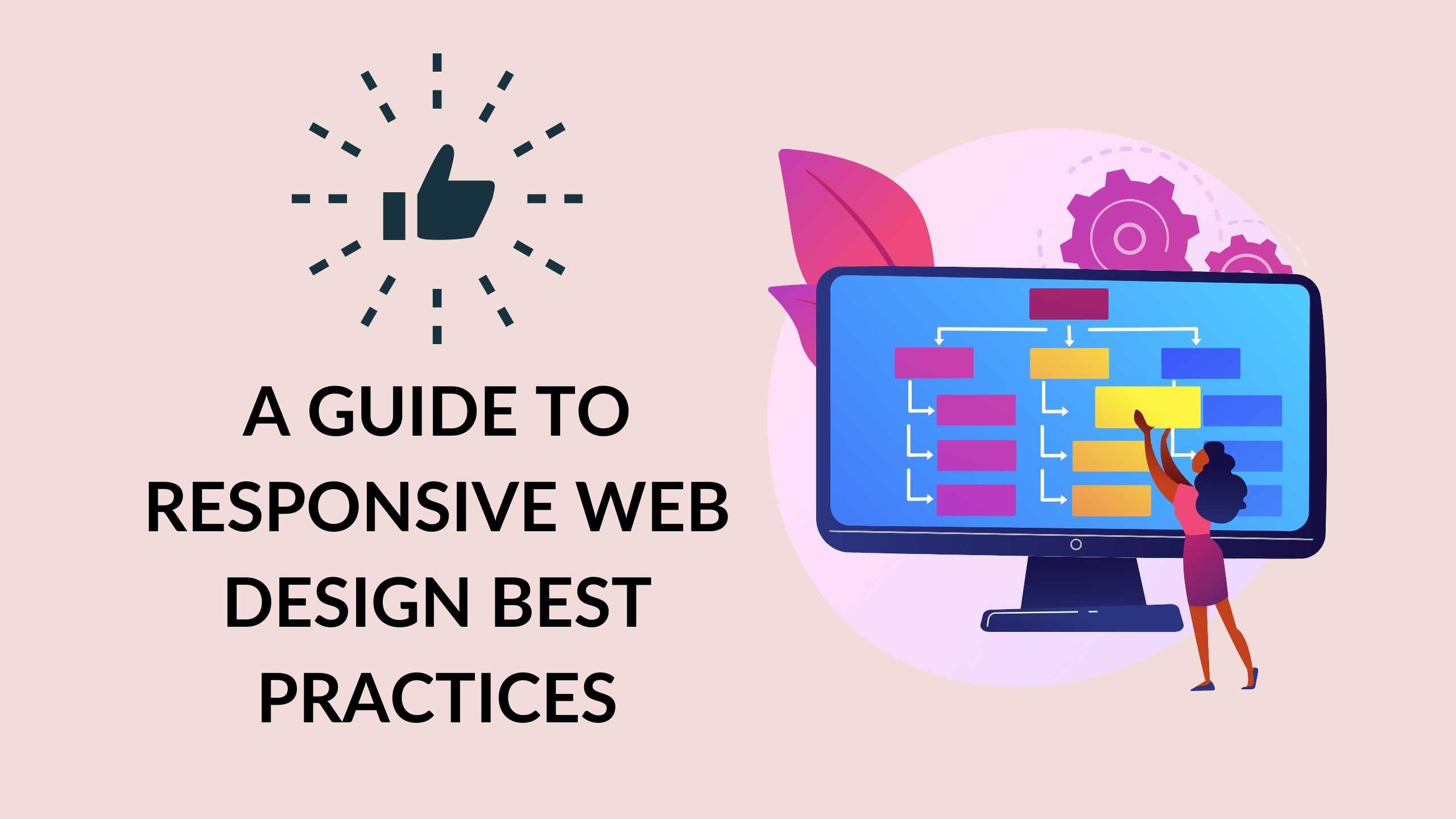A Guide to Responsive Web Design Best Practices
- WebOps Platforms Bug Tracking & Feedback Software Web Development & Design


A Guide to Responsive Web Design Best Practices
In the ever-evolving digital landscape, responsive web design has become a cornerstone for creating websites that adapt seamlessly to diverse screen sizes and resolutions. This not only includes desktops but also extends to mobile devices, tablets, and even televisions. As we delve into the realm of responsive design, it’s crucial to understand the best practices that ensure optimal user experiences across various platforms.
Embracing the Mobile Revolution
The Significance of Mobile Optimization
According to Statista, mobile traffic accounted for a substantial 52.64% of all global traffic in 2017. This trend is projected to surge to an astounding 79% by the end of 2018. Failing to optimize a website for mobile devices means sacrificing nearly half or more of potential traffic. With 8 in 10 visitors expressing a propensity to disengage from websites lacking mobile optimization, the stakes are high. Google, recognizing the importance of responsive design, even penalizes non-responsive sites by ranking them lower in search results.
Responsive Web Design Best Practices
1. Prioritize Mobile-First Design
Embrace a mobile-first approach in your web design strategy. Start the design process with mobile devices in mind, ensuring a seamless and intuitive experience for users on smaller screens. This approach promotes efficient scaling to larger screens.
2. Flexible Grid Layouts
Implement flexible grid layouts that adapt to different screen sizes. Utilize relative units like percentages for widths and avoid fixed pixel values. This ensures that content flows naturally, maintaining a visually appealing layout across devices.
3. Media Queries for Device Adaptation
Leverage media queries to apply different styles based on the device characteristics, such as screen width and resolution. This allows you to tailor the presentation of content for optimal visibility and usability on various devices.
4. Responsive Images
Optimize images for responsiveness by using the max-width: 100%; CSS property. This ensures that images scale proportionally within their parent containers, preventing distortion and enhancing overall visual appeal.
5. Consistent User Experience
Strive for a consistent user experience across devices. Maintain uniform navigation menus, button styles, and overall branding. Consistency fosters familiarity, making it easier for users to navigate and engage with your site regardless of the device.
6. Performance Optimization
Prioritize performance optimization to ensure swift loading times, especially on mobile networks. Compress images, minify CSS and JavaScript, and leverage browser caching to enhance the overall speed of your responsive website.
7. Touch-Friendly Design Elements
Incorporate touch-friendly design elements for mobile users. Consider the size of buttons and interactive elements, ensuring they are large enough to be tapped easily. This enhances the user experience and reduces the likelihood of frustration.
8. Testing Across Devices
Regularly test your responsive design across a spectrum of devices and browsers. This proactive approach allows you to identify and address any issues promptly, ensuring a consistently positive experience for all users.
Explore Further
For a deeper understanding of responsive web design best practices, explore these valuable resources:
- FreeCodeCamp: Responsive Design Best Practices
- Webflow: Responsive Web Design Tricks and Tips
- Smashing Magazine: Guidelines for Responsive Web Design
- Interaction Design Foundation: Responsive Design – Let the Device Do the Work
- Toptal: Responsive Design Best Practices
Incorporating responsive web design best practices is not just a trend; it’s a necessity in an era dominated by diverse devices and user preferences. By following these guidelines, you can create a website that not only meets the expectations of modern users but also stands out in an increasingly competitive digital landscape.











